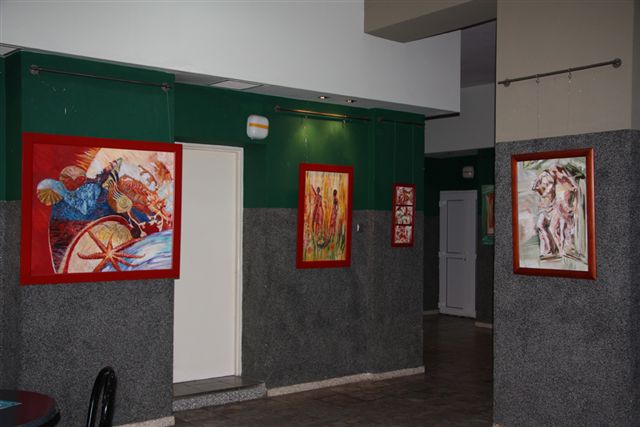Understanding Fundamentals about Finishing Wood Techniques
페이지 정보

본문
When it comes to wood, the completion stage has as crucial as initial building of the project. A well-applied finish can significantly improve the look, durability, and longevity of a mineral of furniture piece or a wooden structure.
 There exists several categories of timber finishes to choose from, based on the outcome and level of safety required. Some common types of finishes include:
There exists several categories of timber finishes to choose from, based on the outcome and level of safety required. Some common types of finishes include:
Oil-based :These are applied using chemicals such as turpentine or petroleum spirits and dry to form a tough, frictionless surface. Examples include: varnish, varnish, and acrylic.
Water-based finishes are applied with a liquid and dry to form a relatively even surface. Examples polyurethane-based paints and aliphatic paints.
The for a wood finishing is as crucial as initial surface preparation. Correct sanding of the wood is an essential step in achieving a uniform finish, irrespective of the applied finish type. It is suggested that wood be sanded with stepped finer grit sandpaper, from 120-grit to 220-grit. Flatting helps remove deformities, dust, and other contaminants that could obstruct the adhesion of the finish.
Whenever working with the practical application of any coating, multiple techniques to consider.
Wiping This technique entails using a small amount of coating to a absorbent material, wiping the surface, and allowing it to dry It is a widely used technique for applying with solvent-based coatings, like polyurethane or Naptha.
Rubbing Also called high-build or high-solids finish, наличники деревянного дома снаружи the rubbing technique is used to apply with thicker coats of finish to the surface.
Spraying This technique is used for more extensive construction, and is typically used with solvent-based finishes, like lacquer or a spray varnish.
Hand-holding a brush technique This method involves using a finish directly onto a surface: With a flexible blade.
Text stamping
This method involves applying a finish on specific regions in the surface With a stenciling template or stencil. Stenciling employs to generate intricate layouts and patterns.
A glazing process Once the has been used and allowed to set the may need cleaning to reach the desired level of glaze:
choice of polish shall be based on the finish type, and including completing off a light automated polish or a self-service glaze box.
Concluding conclusion, understanding the fundamentals of wood completion techniques is essential in achieving a high-quality finish on any wood piece:
Furthermore, experimenting with various techniques, equipment, and components is the best way to acquire the abilities and dependence necessary for successful wood finishing.
 There exists several categories of timber finishes to choose from, based on the outcome and level of safety required. Some common types of finishes include:
There exists several categories of timber finishes to choose from, based on the outcome and level of safety required. Some common types of finishes include:Oil-based :These are applied using chemicals such as turpentine or petroleum spirits and dry to form a tough, frictionless surface. Examples include: varnish, varnish, and acrylic.
Water-based finishes are applied with a liquid and dry to form a relatively even surface. Examples polyurethane-based paints and aliphatic paints.
The for a wood finishing is as crucial as initial surface preparation. Correct sanding of the wood is an essential step in achieving a uniform finish, irrespective of the applied finish type. It is suggested that wood be sanded with stepped finer grit sandpaper, from 120-grit to 220-grit. Flatting helps remove deformities, dust, and other contaminants that could obstruct the adhesion of the finish.
Whenever working with the practical application of any coating, multiple techniques to consider.
Wiping This technique entails using a small amount of coating to a absorbent material, wiping the surface, and allowing it to dry It is a widely used technique for applying with solvent-based coatings, like polyurethane or Naptha.
Rubbing Also called high-build or high-solids finish, наличники деревянного дома снаружи the rubbing technique is used to apply with thicker coats of finish to the surface.
Spraying This technique is used for more extensive construction, and is typically used with solvent-based finishes, like lacquer or a spray varnish.
Hand-holding a brush technique This method involves using a finish directly onto a surface: With a flexible blade.
Text stamping
This method involves applying a finish on specific regions in the surface With a stenciling template or stencil. Stenciling employs to generate intricate layouts and patterns.
A glazing process Once the has been used and allowed to set the may need cleaning to reach the desired level of glaze:
choice of polish shall be based on the finish type, and including completing off a light automated polish or a self-service glaze box.
Concluding conclusion, understanding the fundamentals of wood completion techniques is essential in achieving a high-quality finish on any wood piece:
Furthermore, experimenting with various techniques, equipment, and components is the best way to acquire the abilities and dependence necessary for successful wood finishing.
- 이전글Akun Demo Rich & Happy Playstar Bet Besar 25.03.29
- 다음글Trồng Sầu Riêng Có Khó Không? Những Điều Lưu Ý Khi Trồng Sầu Riêng 25.03.29
댓글목록
등록된 댓글이 없습니다.
